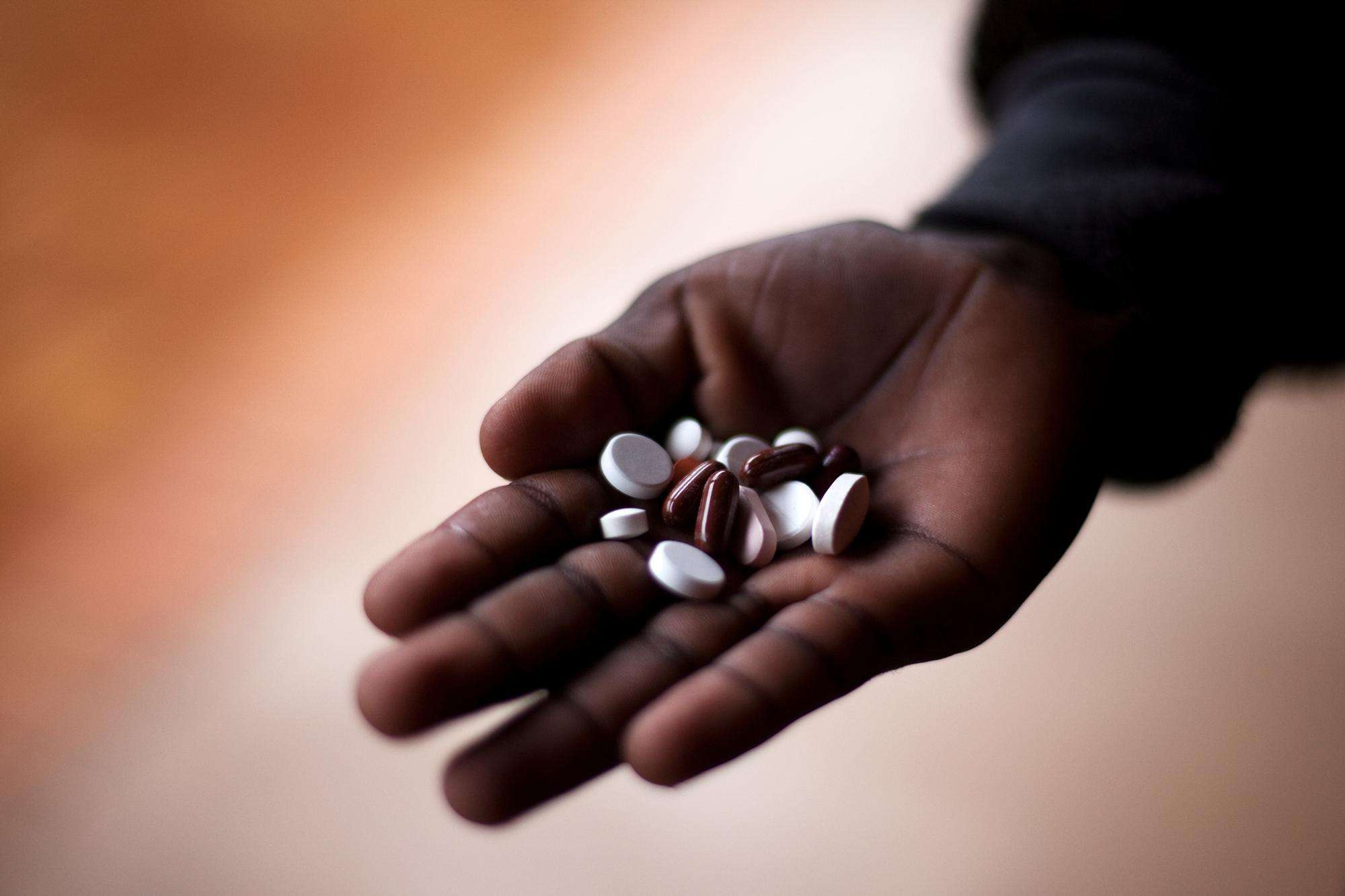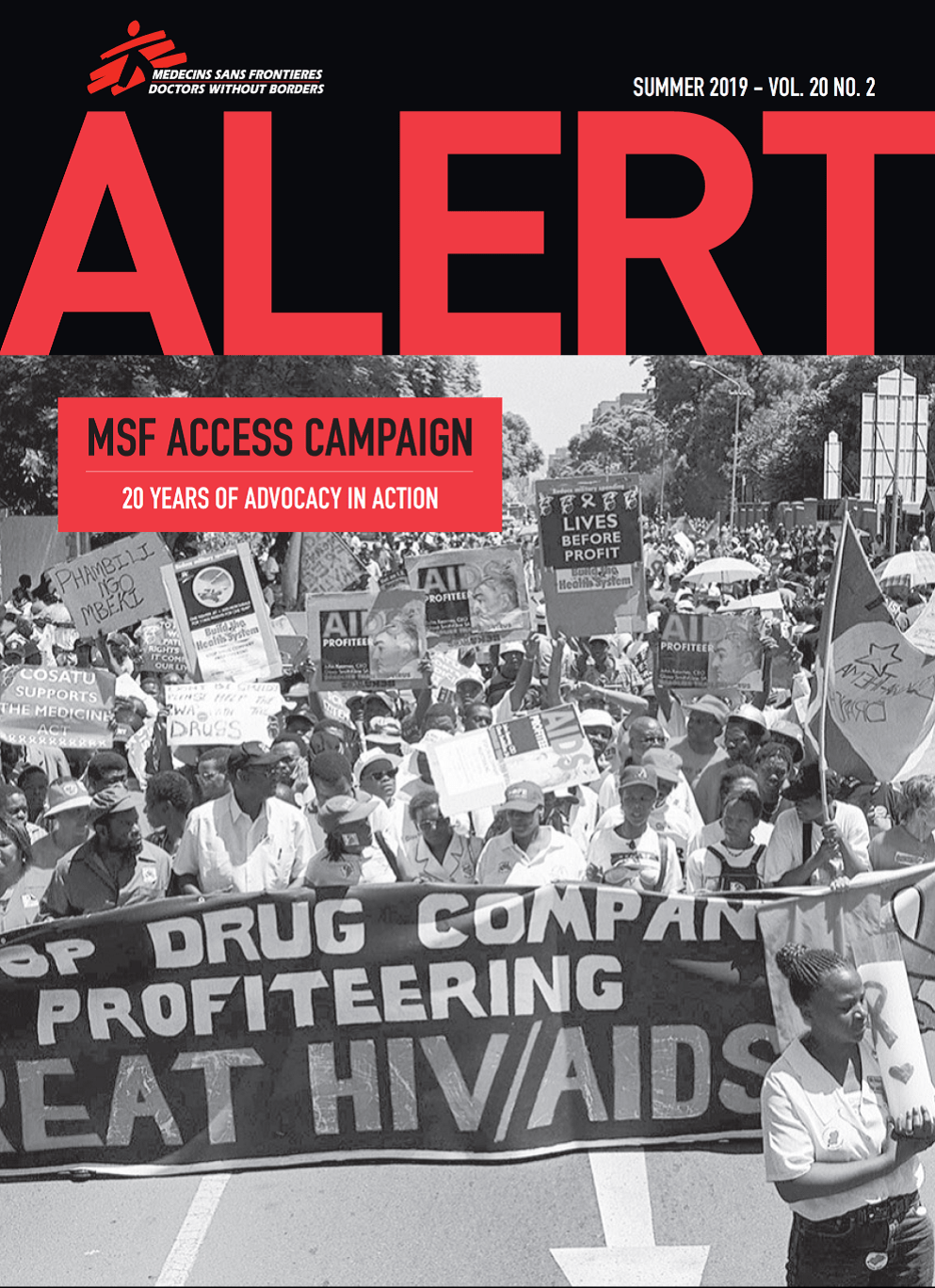For decades, the global pharmaceutical industry has spread a deceptive narrative justifying the sky-high and ever-increasing prices of drugs, vaccines, and diagnostics as necessary and inevitable. The Access Campaign has repeatedly challenged this deadly narrative, calling for affordable access to lifesaving medicines, prioritization of people’s health over profits, and transparency around the research and development (R&D) process.
Yet pharmaceutical corporations continue to perpetuate a series of myths about the development costs and pricing of medicines and other health products in order to protect their profit-maximizing practices—at the expense of people’s lives. One pharmaceutical financial investors’ report even went as far as to ask, “Is curing patients a sustainable business model?” Here are some of the industry’s dirty, not-so-little secrets.
1. Developing drugs is not as expensive as they say
Big Pharma exaggerates the costs of R&D of new medicines to justify their high pricing, and often categorizes “opportunity costs” and non-research activities—such as the cost of buying another company—as R&D costs. While Big Pharma often says it costs $2-3 billion to develop a new drug, other credible estimates are at least 10 times lower, in the $100-200 million range.
2. You’re paying twice for your medicines
Corporations are free-riding on public, taxpayer-funded research at government and university laboratories, from which most new drugs and health technologies originate. Pharma giants get tax credits and other financial incentives to “de-risk” their research investments, and to privatize and patent the resulting products. Then they come back for more by charging high prices to taxpayers and governments.
3. The pharma industry is not that good at innovation
About two-thirds of the new drugs that arrive on the market are no better than what we already have. Pharma corporations put more effort into developing so-called “me-too drugs” than finding true therapeutic breakthroughs. MSF is working with other organizations to demonstrate that open models of innovation can actually speed up scientific research, reduce costs, address priority needs, and deliver affordable products to neglected patients.
4. Patents are extended—over and over—to prolong monopolies
Patent “evergreening” is a notorious pharma tactic in which corporations file for additional patents on small changes to existing drugs, thereby lengthening their monopolies and blocking the production of affordable generic versions. Evidence shows that evergreening and other abuses of the patent system hamper innovation across the industry.
5. Pharma bullies low- and middle-income countries
Time and again, Big Pharma uses pressure tactics or aggressive legal action against low- and middle-income countries like India, South Africa, Thailand, Brazil, Colombia, and Malaysia for prioritizing public health needs over corporate interests. Together with some wealthy countries, including the US, pharma works hard to influence international trade rules to benefit themselves—often at the expense of public health.
6.Pharma pockets more than they reinvest
Big Pharma says they need huge profits in order to pay for R&D and innovation. In reality, they spend more on share buybacks to boost their own stock prices and on sales and marketing than on R&D. Medicines shouldn’t be a luxury: it’s time to stop Big Pharma’s profiteering.





